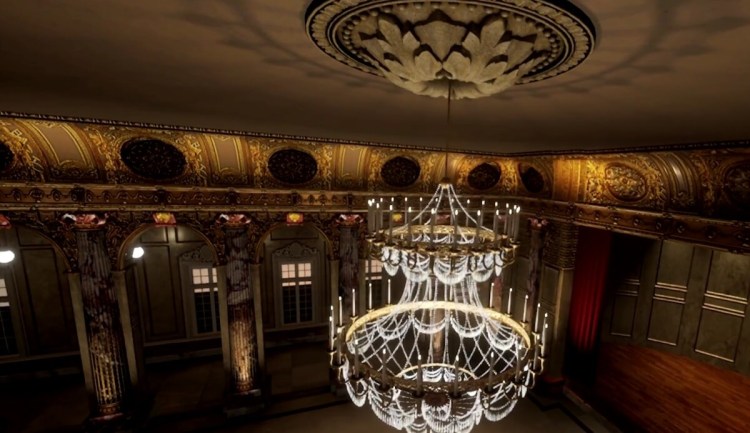Linden Lab‘s Sansar virtual reality world is taking shape. The company is announcing today that it is inviting hundreds of new creators into its test, and it is also opening up a marketplace where users can sell virtual items for real money.
That marketplace will enable monetization for the denizens of Sansar right from the start, said Ebbe Altberg, CEO of Linden Lab, in an interview with GamesBeat. The marketplace and the addition of new users is the next step as the company makes its way toward a general release for everyone in early 2017.
Linden Lab’s prior online world, Second Life, democratized the creation of virtual objects in a virtual world on the PC. And now Sansar is meant to democratize VR, empowering people to easily create, share, and monetize their own multi-user, interactive virtual experiences without requiring engineering resources. Creators are now able to apply to get early access to build virtual spaces, and starting today, the creators who are already in Sansar can buy and sell content on the platform.
“This sets the tone and shows creators they will monetize what they create on day one, when we open our doors,” Altberg said. “The buying and selling will get them comfortable with the new platform.”
The virtual economy will be similar to Second Life, where you use real money to buy Linden dollars and then spend it on objects in the world. In this case, you’ll use real money to buy Sansar dollars. Those Sansar dollars can be spent on items, and you’ll be able to redeem them for real money at an exchange rate that will be set in the future. Linden Lab will take a small percentage of transactions in Sansar, as a fee on the gross domestic product (GDP) of Sansar. Altberg likened that to a consumption tax in the real world.

Above: Sansar
Meanwhile, there will also be a small “hosting fee,” or a property tax equivalent in the real world, for the spaces that you create in Sansar. I explored Sansar earlier and I marveled at the high-end 3D graphics of the world, as well as the creativity already expressed by creators.
“We want it to be low enough that it does not add unnecessary friction to the economy,” Altberg said. “But we do want to get a piece of the GDP and then make the hosting fees for Sansar as low as possible. We charged quite a bit for the hosting fees in Second Life and didn’t have a consumption tax to take part of the GDP. So now we will balance the hosting fees and the consumption fees in the economy.”
Project Sansar will be optimized for VR headsets like the Oculus Rift but also accessible via PCs and (at consumer launch) mobile devices. (Mobile VR access will be coming later on, as the spaces are best accessed via PC-based VR at the moment.) About 75 people are working on it, and the whole project has been in the works for three years. An editor exists that allows people to create their scenes on the PC or in VR. As people publish their experiences, they can make them available in the cloud.
This is a long way from Linden Lab’s origins. The company started in 1999, and it triggered huge interest in virtual worlds. After a big shakeout, Linden Lab’s Second Life was one of the survivors. But its technology looks a bit backward today, and Sansar is an attempt to return to the high ground of entertaining virtual experiences.
Sansar will make exploration, socializing, and other experiences possible through expressive avatars, using text, and voice chat. And it will make it easy and fun for people to create their own social VR experiences, eliminating the need to find a professional developer to build such an experience today. While it will be challenging for Linden Lab to operate both worlds at once and to inspire people to create in Sansar, it’s also exciting to be there at the creation of a new world.
Going forward, with each new release, Sansar will preserve what has been previously created. There will be another significant upgrade at the end of January, and the goal is to let a lot of people in to Sansar in the first quarter.
VentureBeat's mission is to be a digital town square for technical decision-makers to gain knowledge about transformative enterprise technology and transact. Learn More

